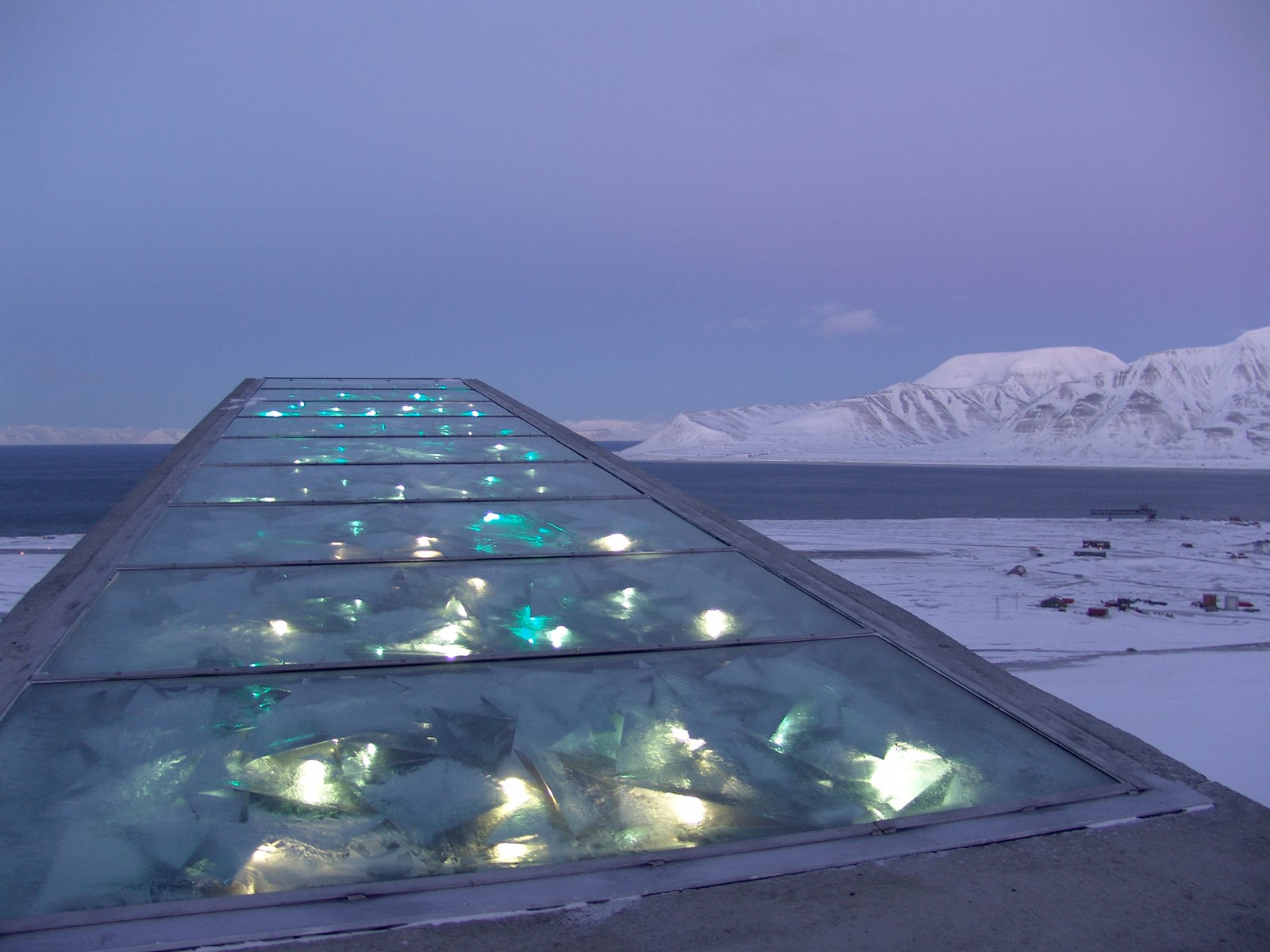This post will basically introduce a series of posts loosely related to ice and interesting arctic places. To make it easier for the eye (and to appease my inner writing teacher), here is the outline for this series:
- Svalbard Seed Vault
- Universitetssenteret på Svalbard
- Longyearbyen
If you love ice, all things arctic, and cool looking buildings that look like supplementary sets from Star Wars (re: Hoth), then this is the post for you. Rather than stand on ceremony, let’s get to it.
Svalbard Seed Vault
This is brilliant for a whole number of reasons. It is basically a huge storage facility cut into the permafrost of Svalbard, an island range midway between the North Pole and mainland Norway. In other words, it is really far north. The capital city, Longyearbyen, will be discussed a bit more in length further in this post. Fascinating place.
Clik here to view.

Image from Svalbard Global Seed Vault/Mari Tefre.
So, the Svalbard Seed Vault sits in this permafrost and looks like a forward command unit on Echo Base. The seeds are contributed from all over the world and the unit has the capacity to store 4.5 million different seed samples. Each sample contains on average 500 seeds, so a maximum of 2.25 billion seeds may be stored here. These seeds aren’t merely for aesthetic purposes or staid scientific research, mind you. They are literally meant to be grown at a later date (like 500 years later). According to the site:
The Svalbard Global Seed Vault, which is established in the permafrost in the mountains of Svalbard, is designed to store duplicates of seeds from seed collections around the globe. Many of these collections are in developing countries. If seeds are lost, e.g. as a result of natural disasters, war or simply a lack of resources, the seed collections may be reestablished using seeds from Svalbard.
Rather than leave this in the abstract, lets consider seeds as potential food sources. With the world’s current population sitting at 6.6 billion and expanding rapidly, food security is an issue. Staple foods are becoming more expensive and this unhinges societies. The price of a loaf of bread rising from $1 to $2 might be significant to many of us, but for others that is 50% of their daily wages. What makes this worse is that we have become dependent on a limited number of crops, further straining existing resources. According to the Seed Vault site, historically humans have used more than 7000 plant species in their diets, yet less than 150 species are used today. Only 12 plant species represent the major source of food in many diets.
So hats off to the Kingdom of Norway for footing the approximately 7 billion dollars worth of investment and construction.
Image may be NSFW.
Clik here to view.
Image may be NSFW.
Clik here to view.
 Image may be NSFW.
Image may be NSFW.Clik here to view.

